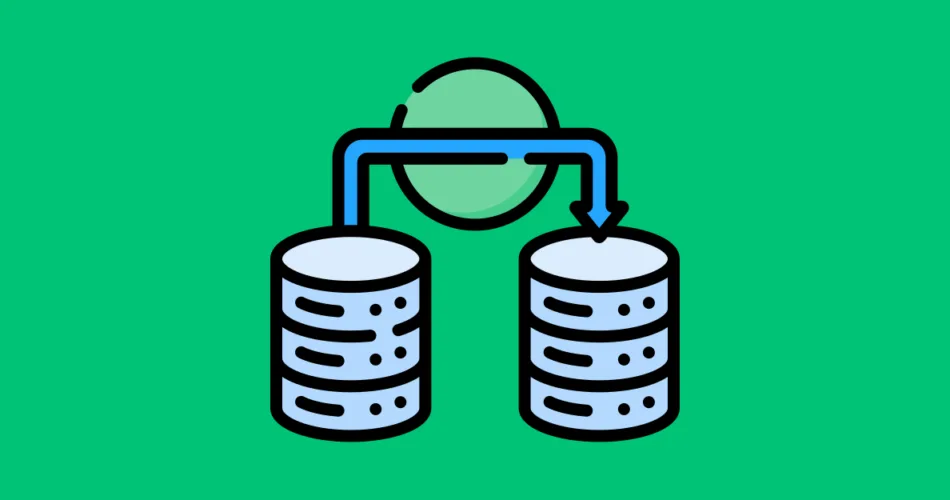As your Java applications grow and evolve, so do your database requirements. Database schema changes, updates, and migrations are inevitable to accommodate new features and maintain data integrity. In this guide, we’ll explore strategies and tools for managing data migration and database evolution effectively in Java applications.
Schema Changes and Evolving Databases
Over time, your application’s data model may need modifications such as adding new tables, altering existing ones, or changing relationships between tables. These changes can impact your database’s schema, and handling them gracefully is essential to prevent data loss and application downtime.
Here are some best practices for evolving databases:
- Use Version Control: Maintain a version control system for your database schema, just like you do for your codebase. This helps track changes and facilitates collaboration.
- Script Your Changes: Write SQL scripts or use database migration tools to define schema changes as code. This ensures consistency and reproducibility.
- Test Thoroughly: Before applying schema changes in production, thoroughly test them in a staging environment to identify potential issues.
Database Versioning and Migrations
One popular approach to managing database schema changes is through database versioning and migrations. Tools like Flyway and Liquibase provide excellent support for this purpose.
Here’s an example using Flyway for database migrations:
// Example Flyway migration script
-- Create a new table
CREATE TABLE customers (
id INT AUTO_INCREMENT PRIMARY KEY,
name VARCHAR(255) NOT NULL
);
-- Add a column to an existing table
ALTER TABLE orders
ADD COLUMN order_date DATE;
In this script, we create a new table called “customers” and add a “order_date” column to the “orders” table. Flyway tracks the migrations and ensures they are executed in the correct order, maintaining the database’s integrity.
Data migration and database evolution are essential aspects of maintaining a robust and adaptable Java application. By following best practices and utilizing tools like Flyway or Liquibase, you can manage schema changes efficiently and ensure your database evolves alongside your application’s requirements.
Subscribe to our email newsletter to get the latest posts delivered right to your email.


Comments